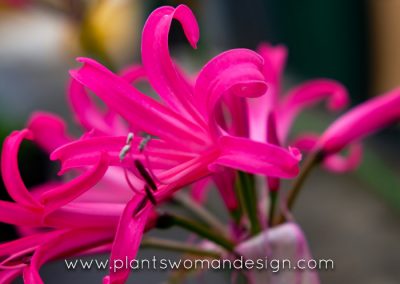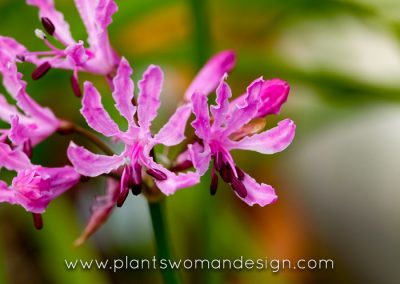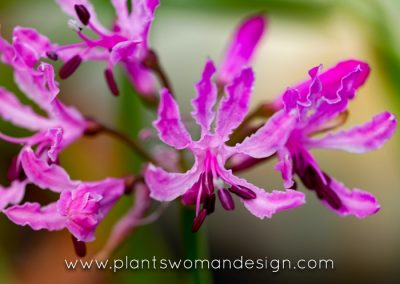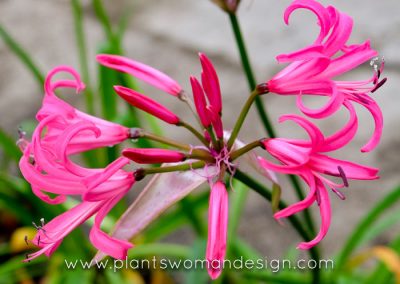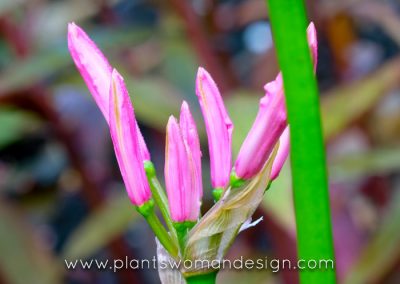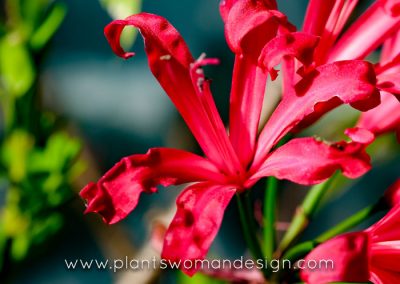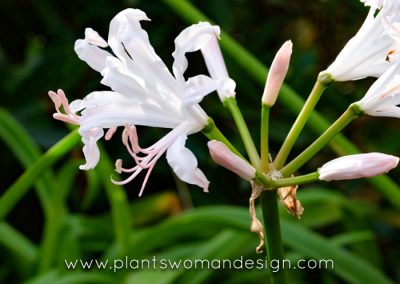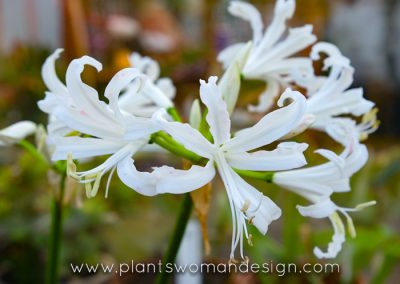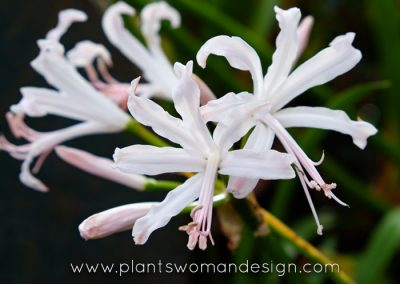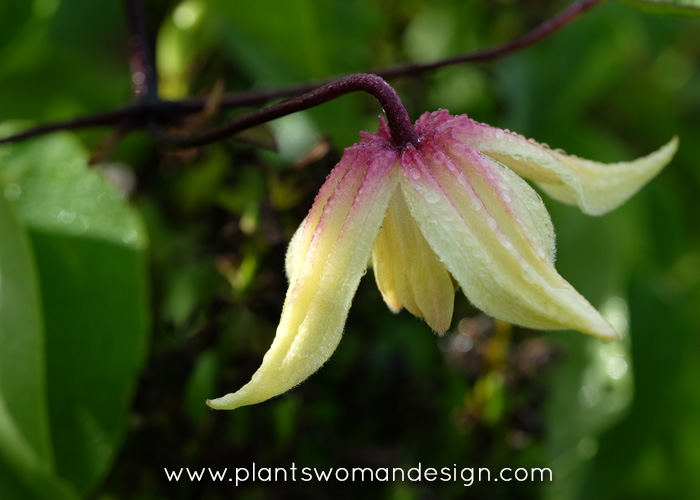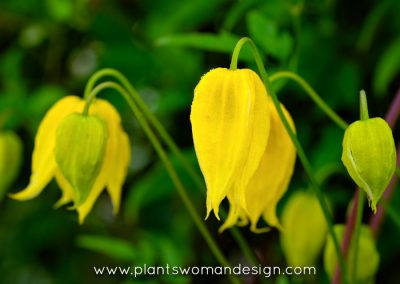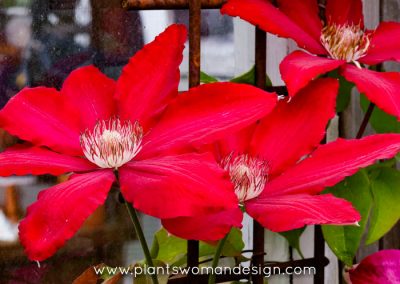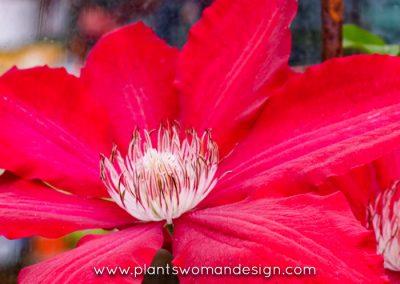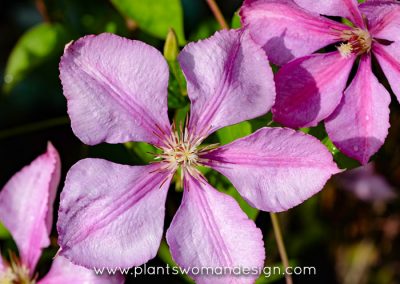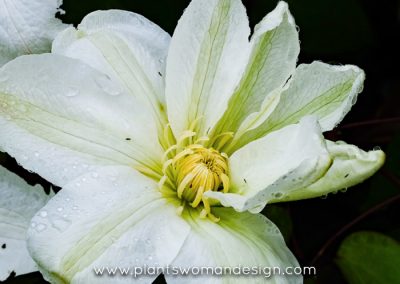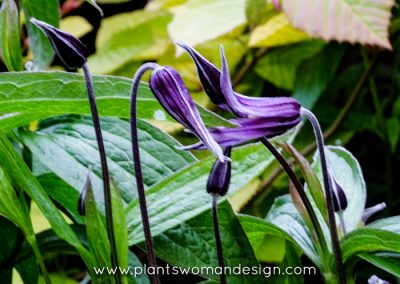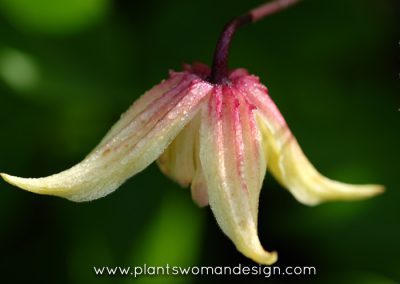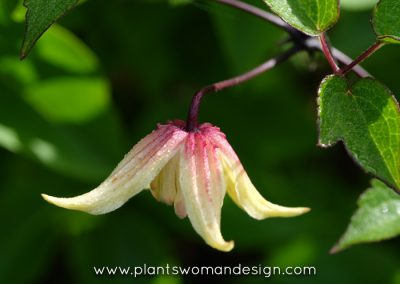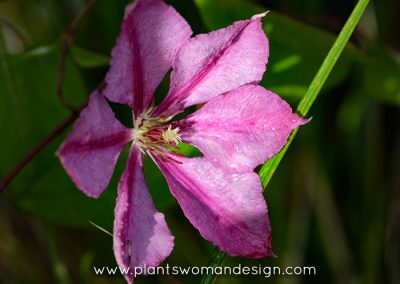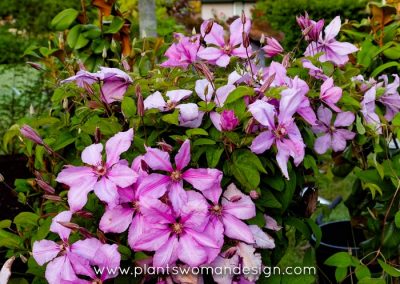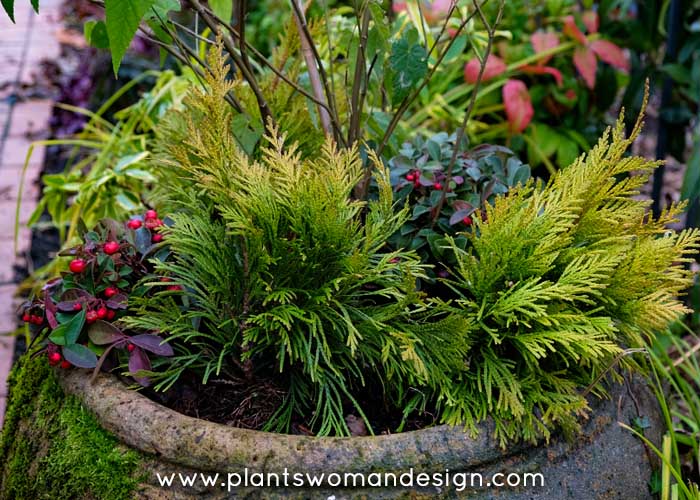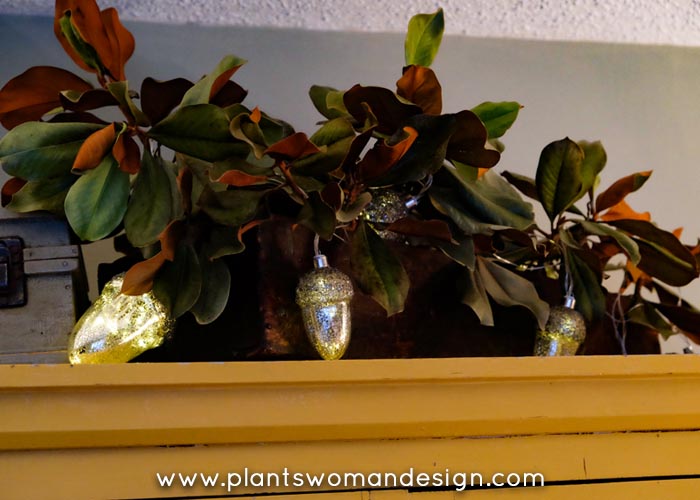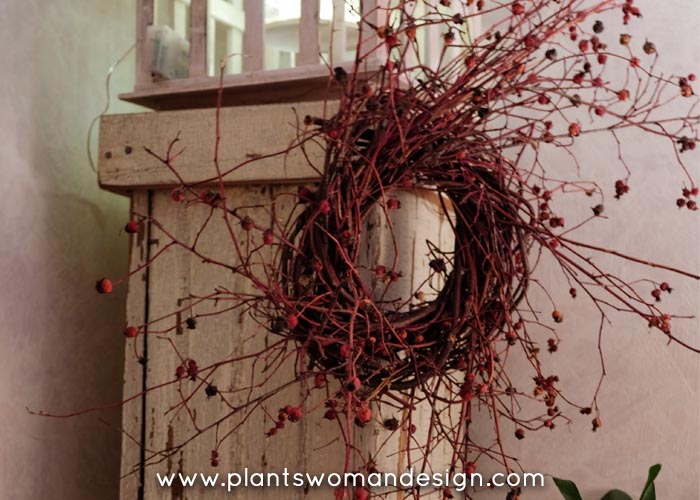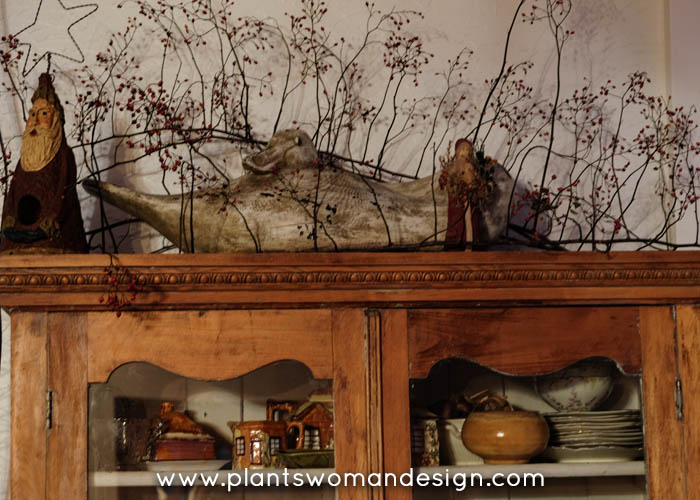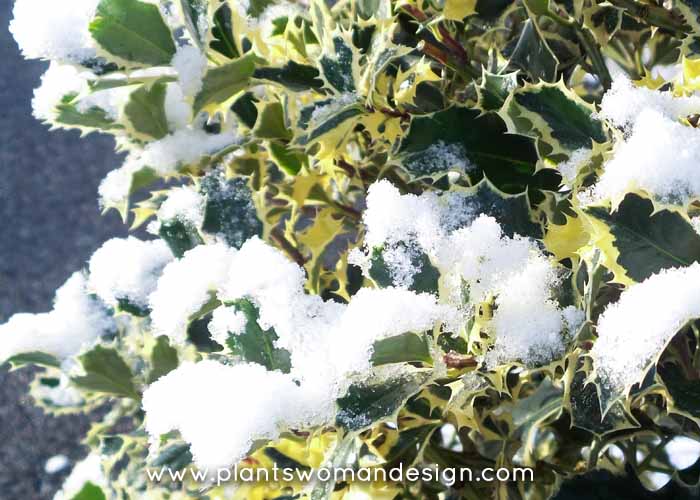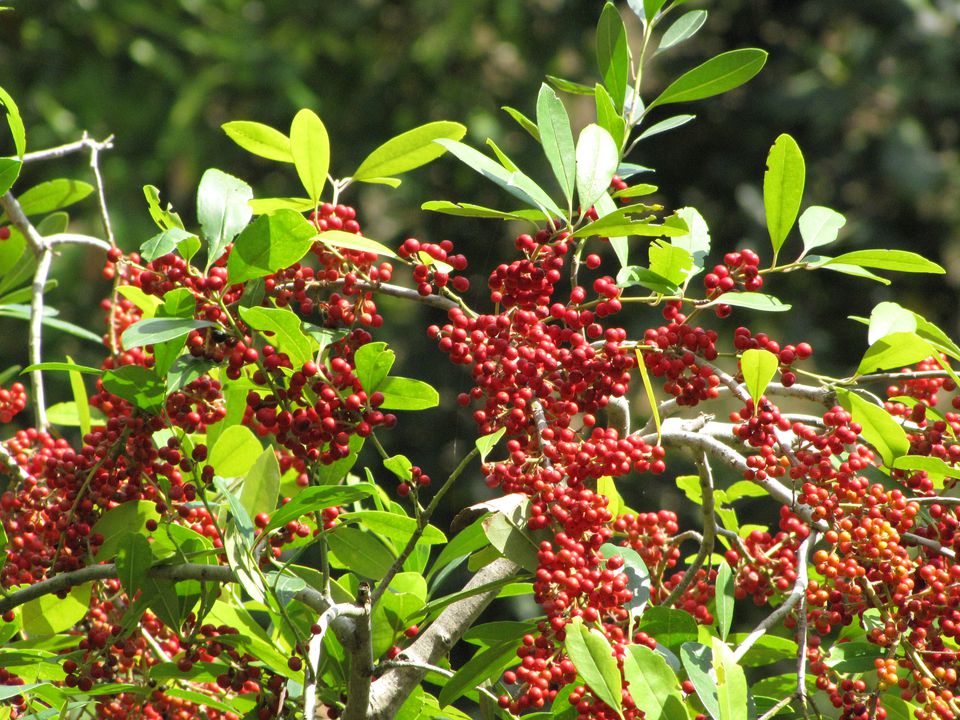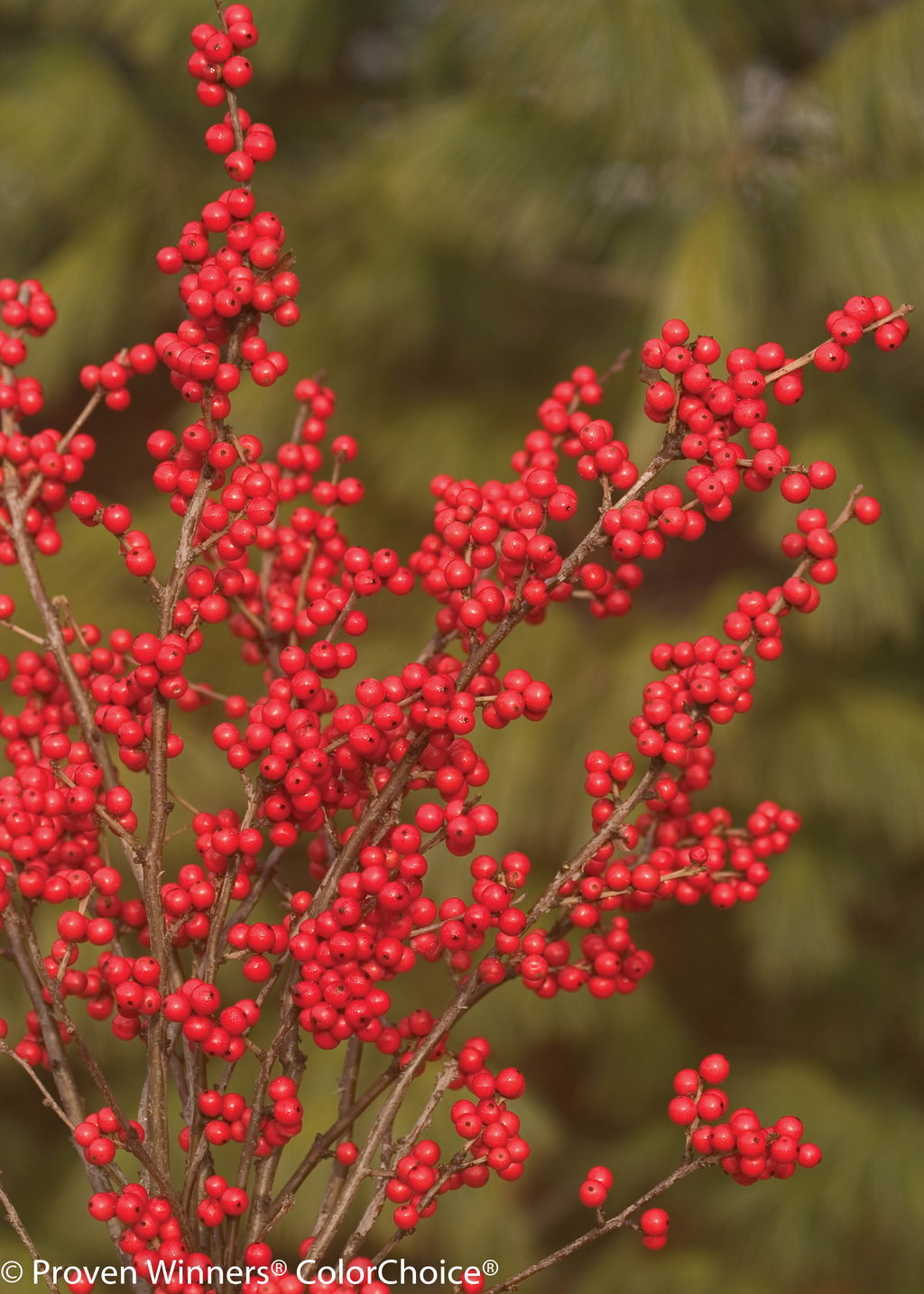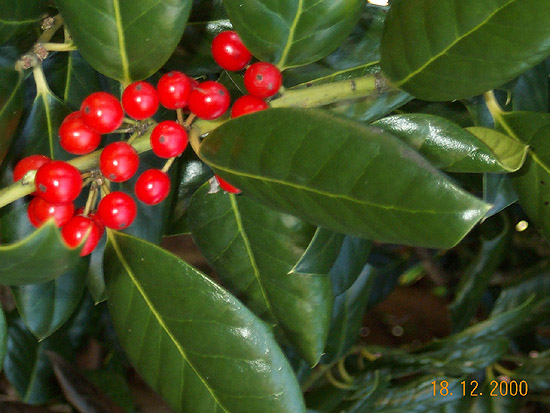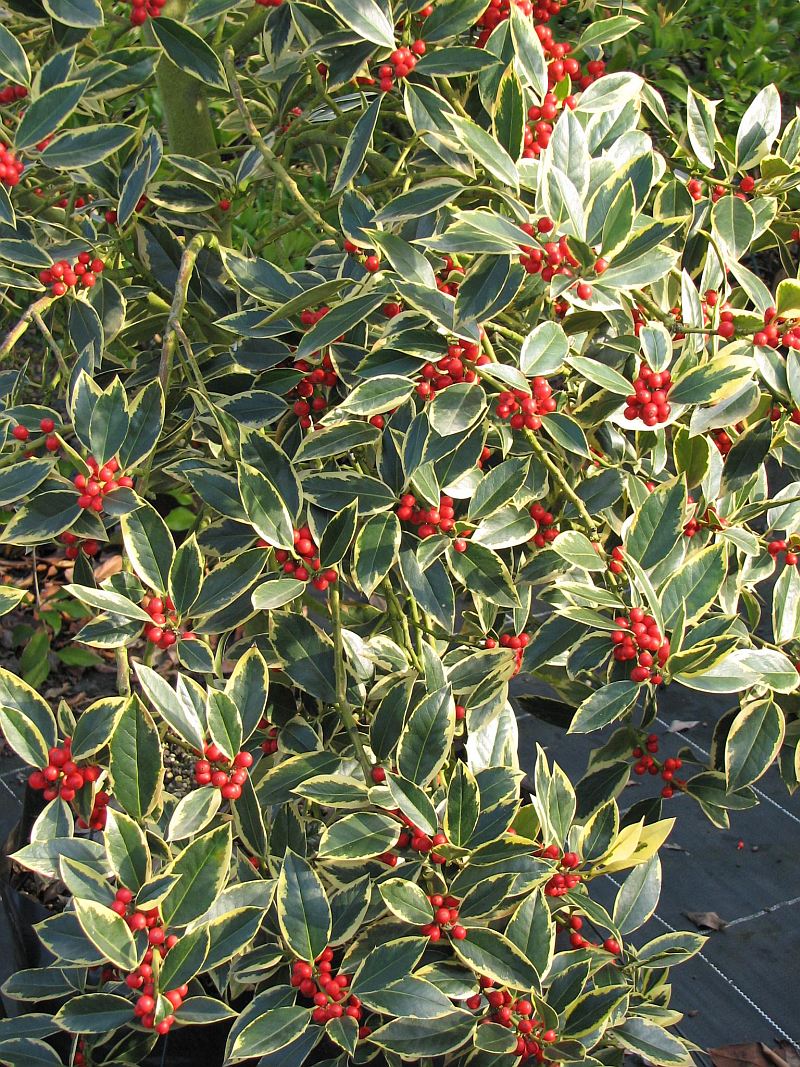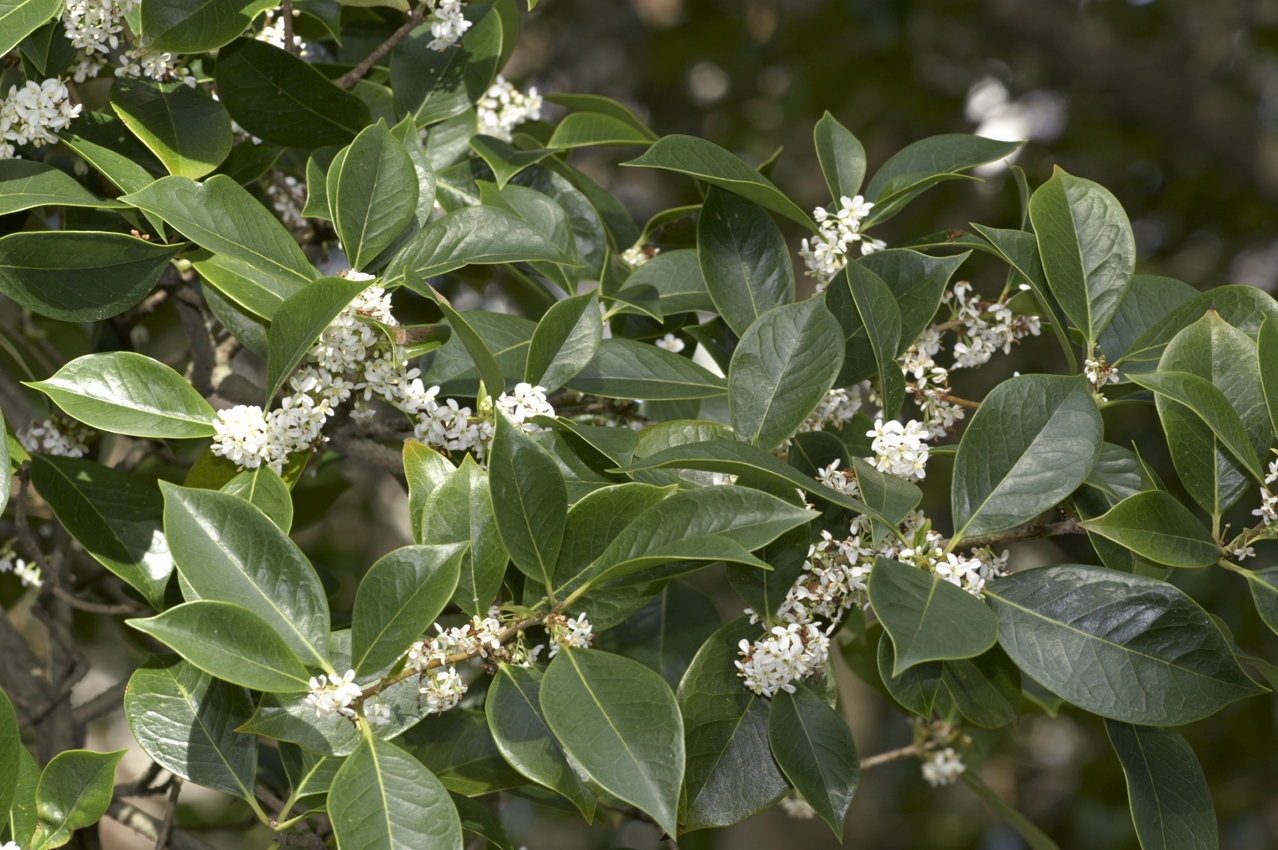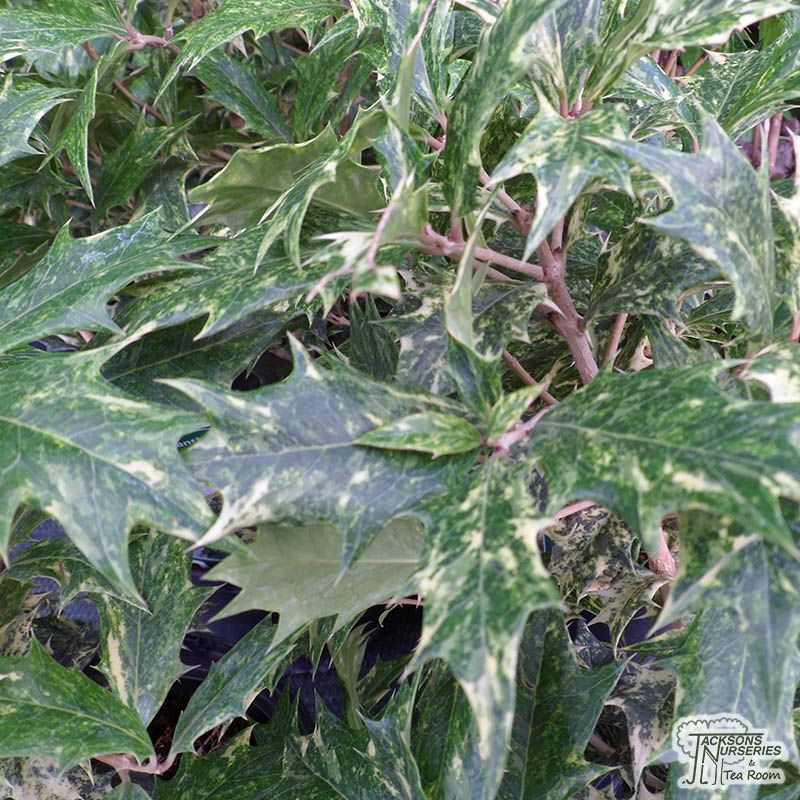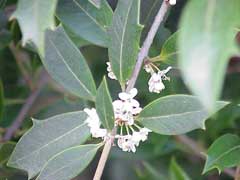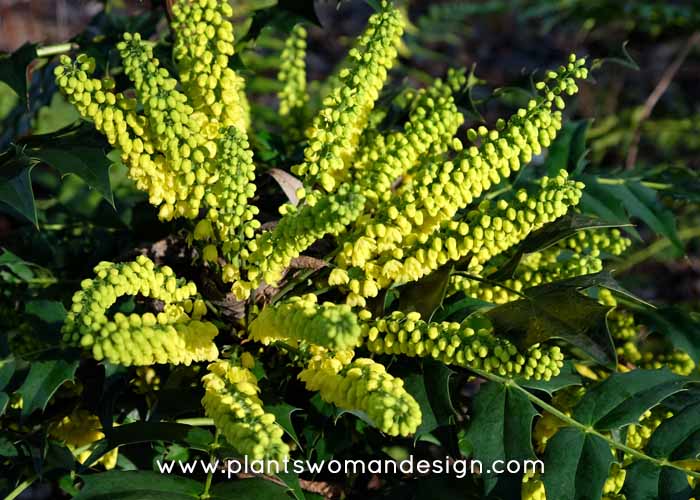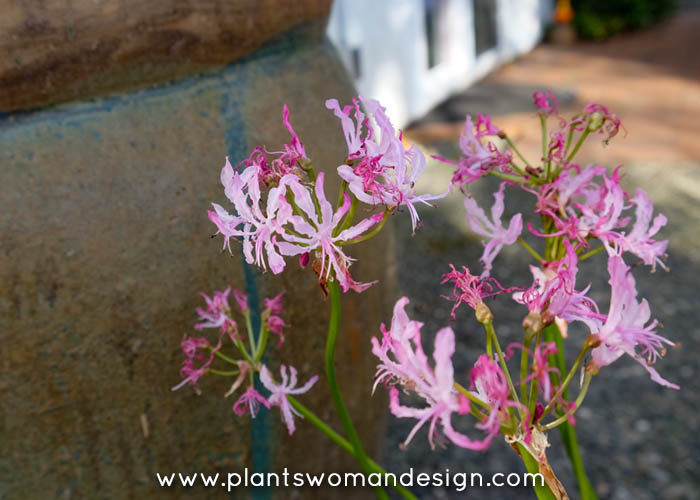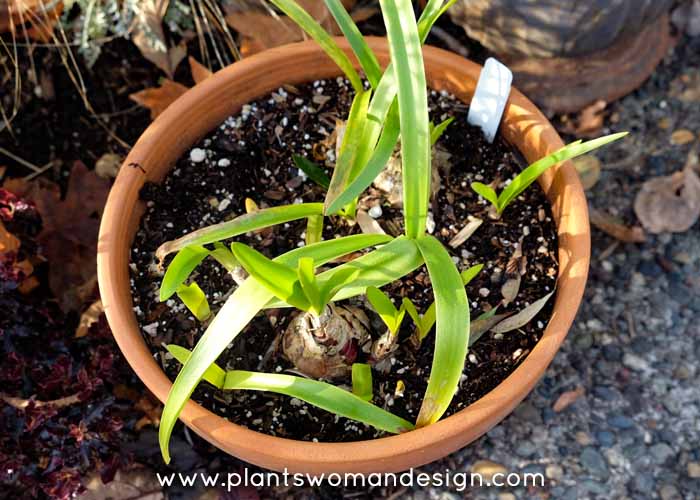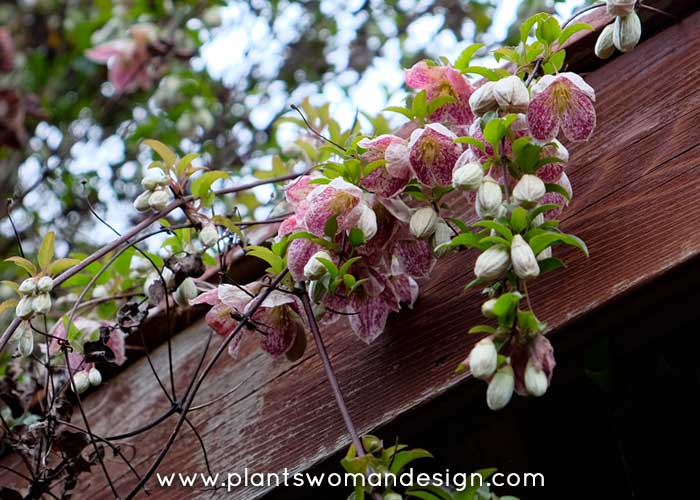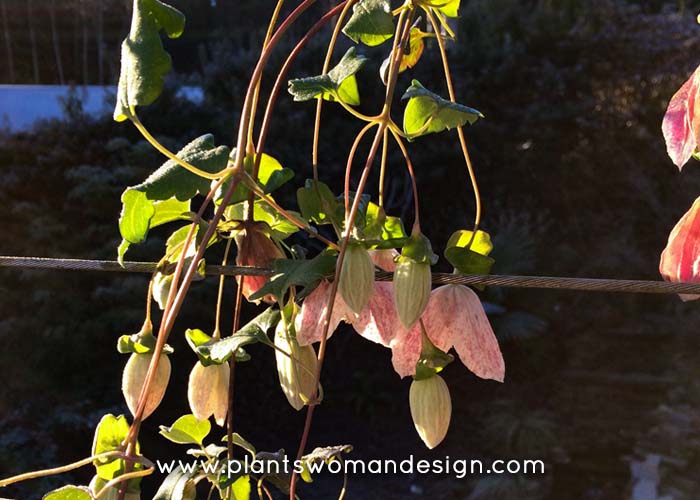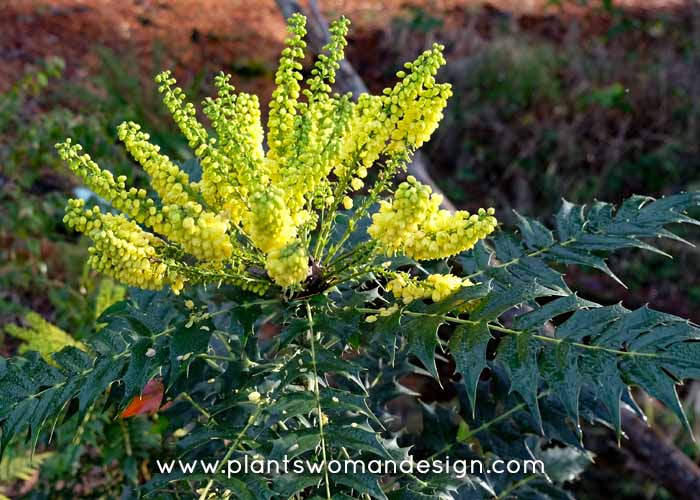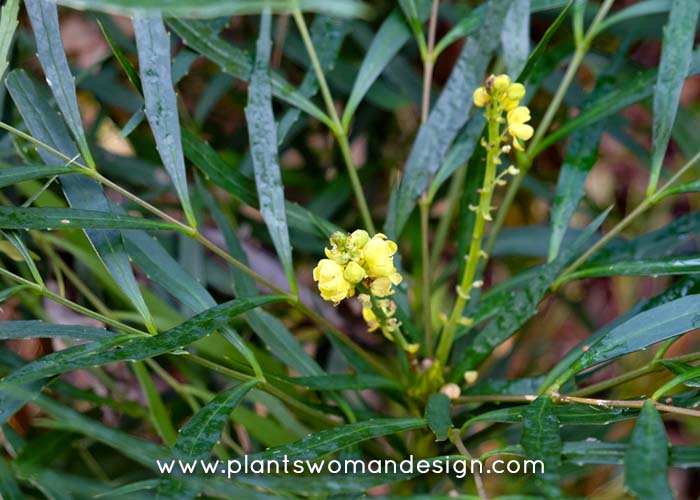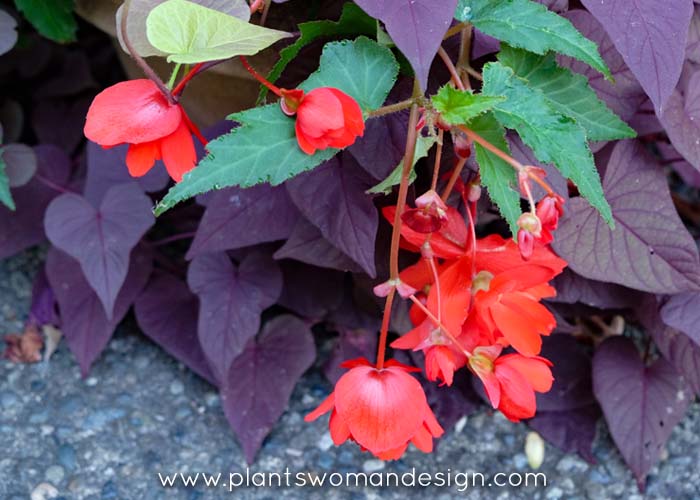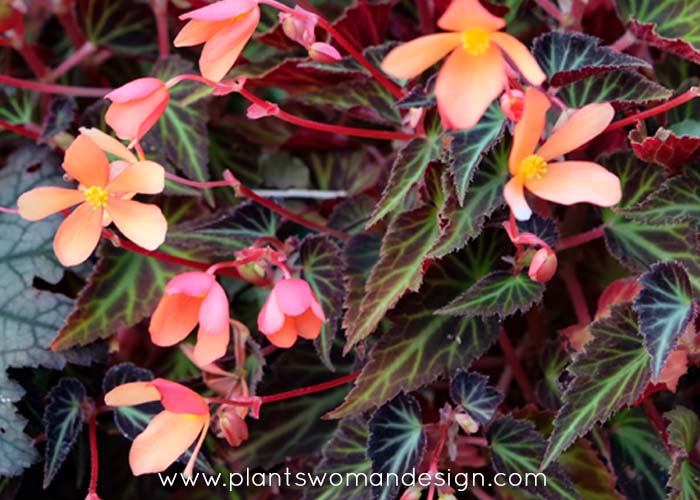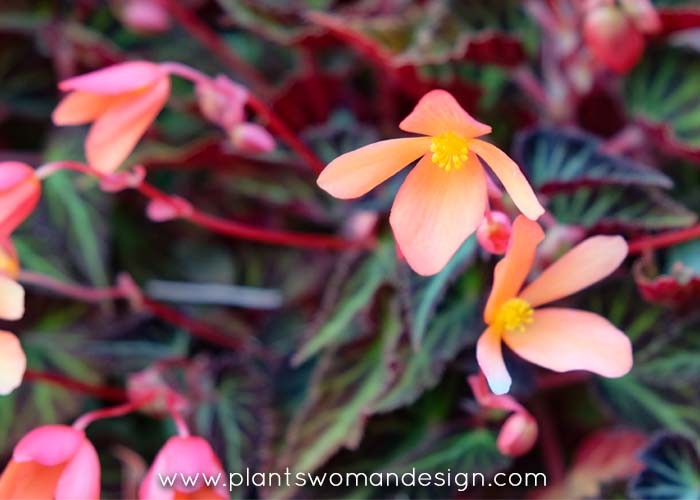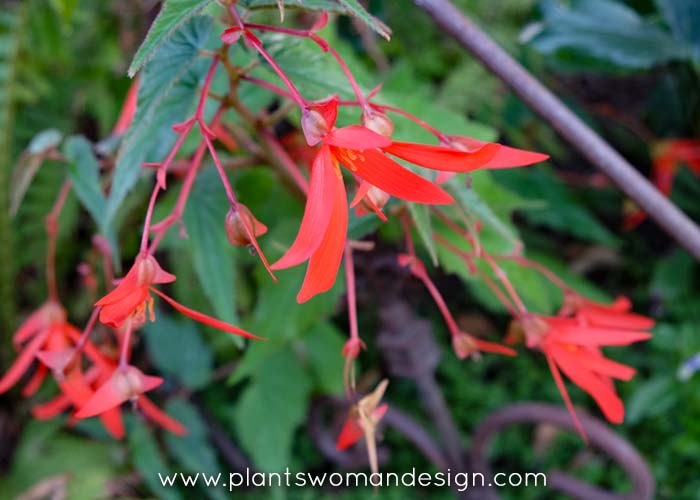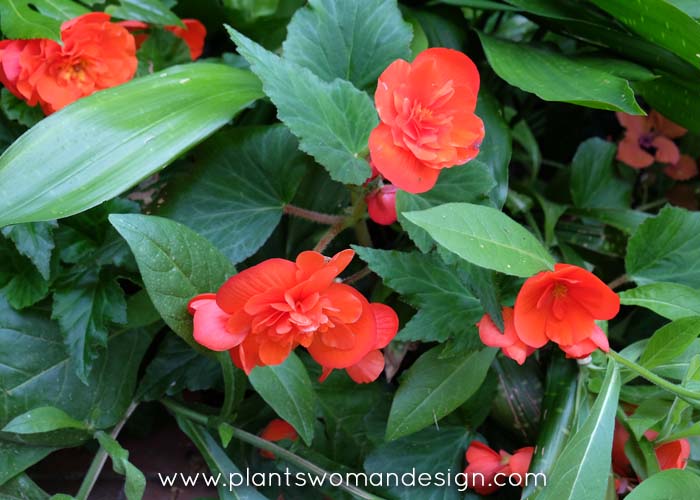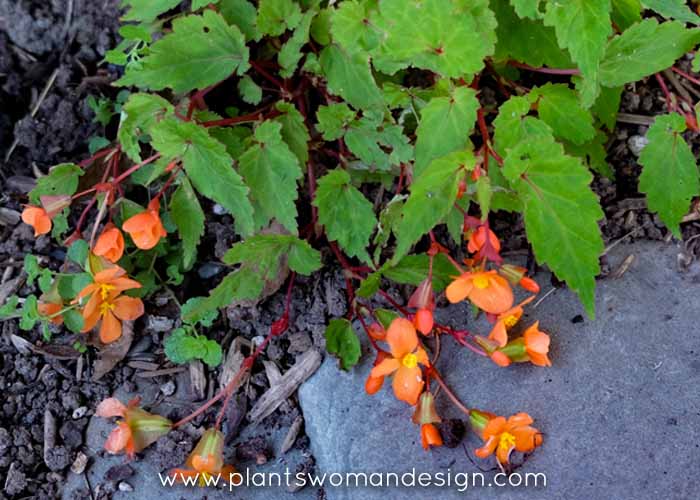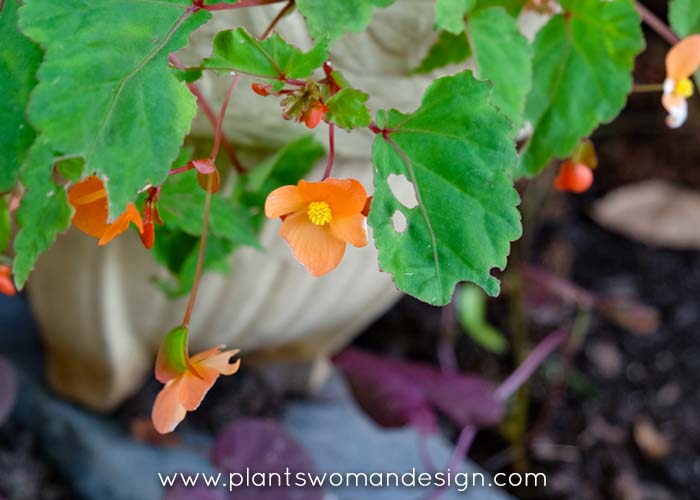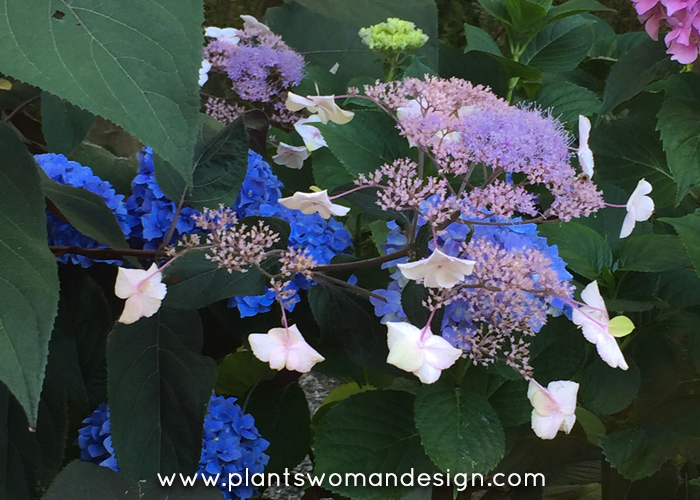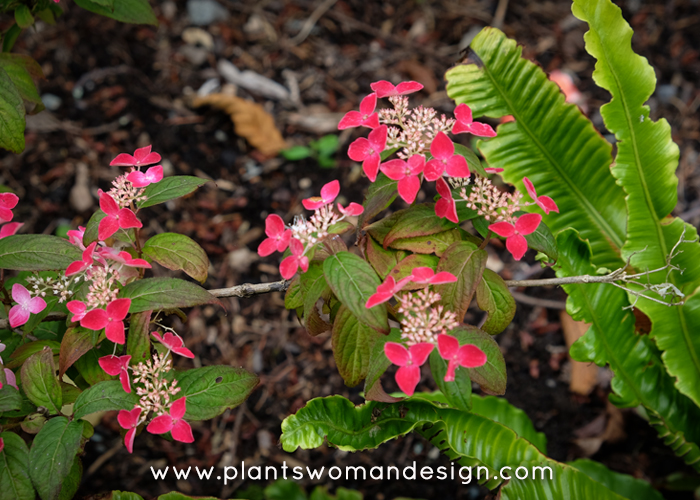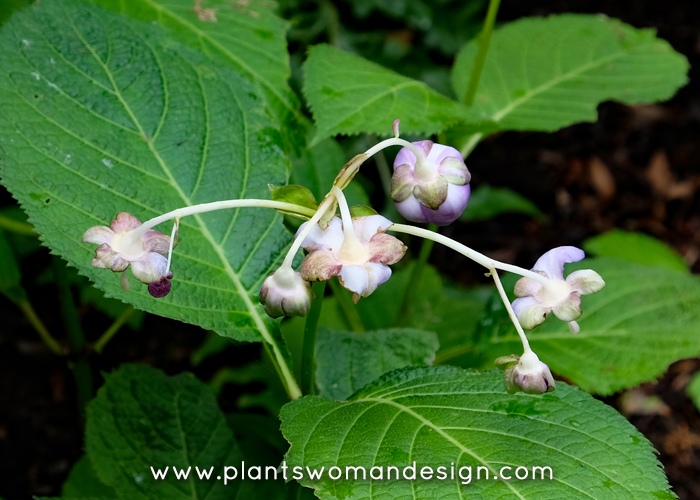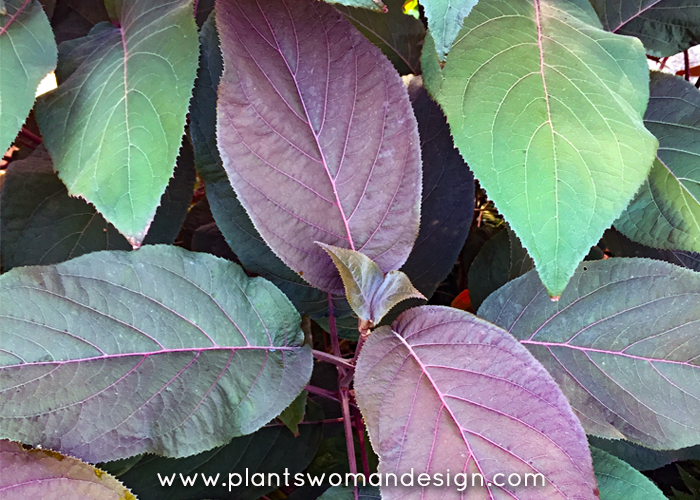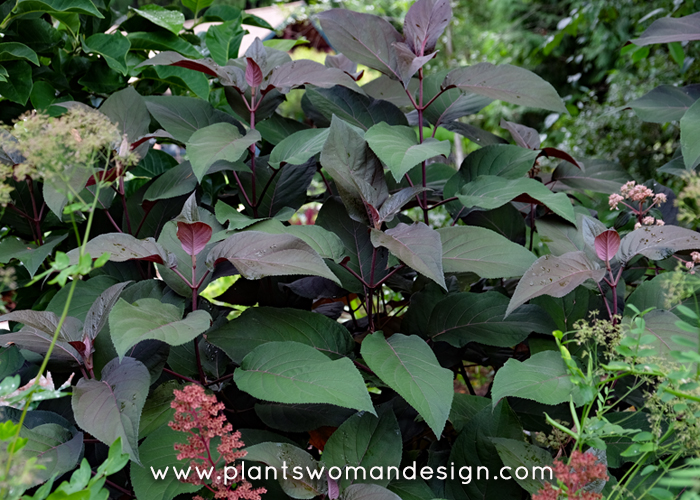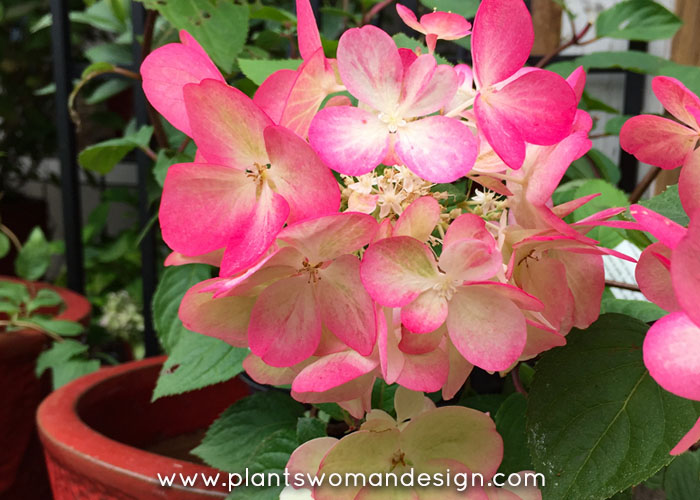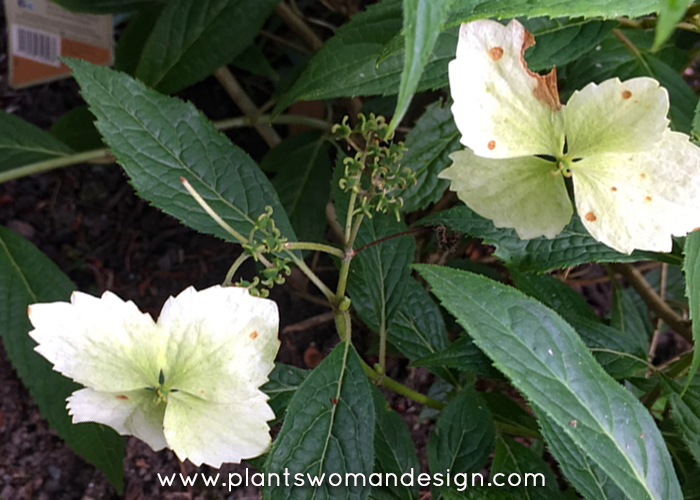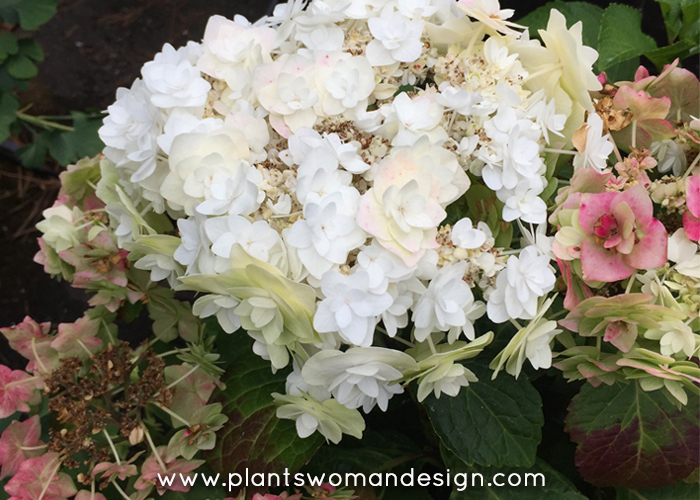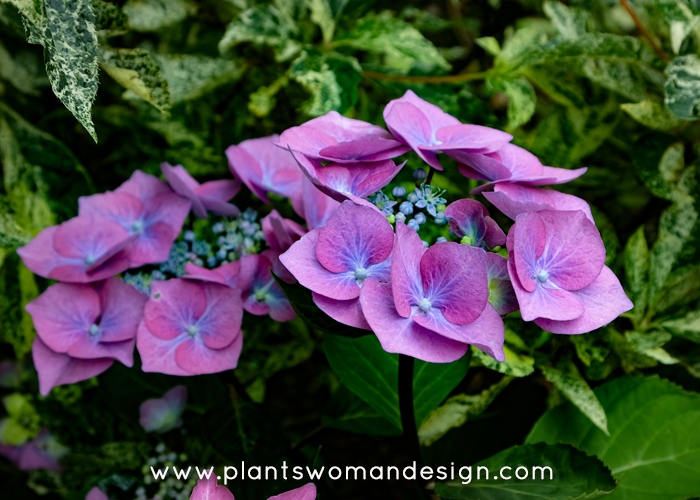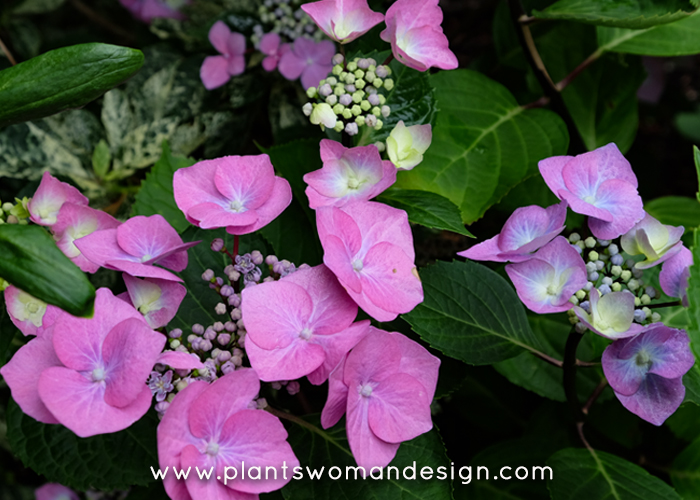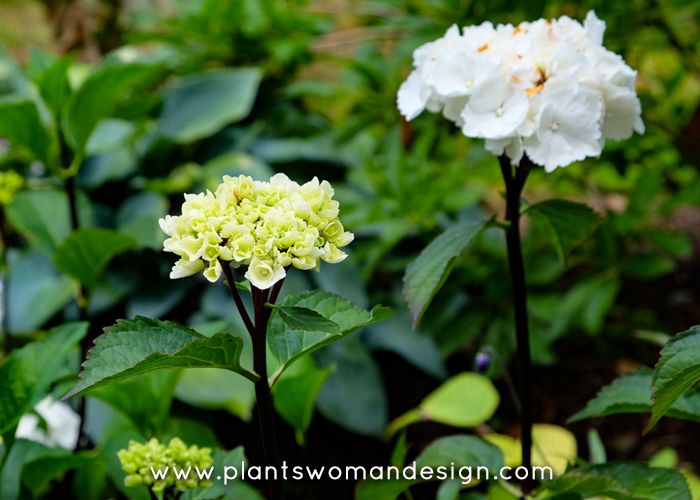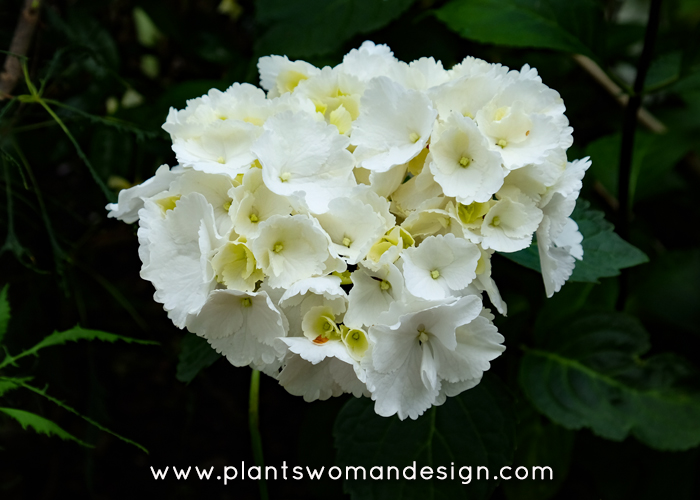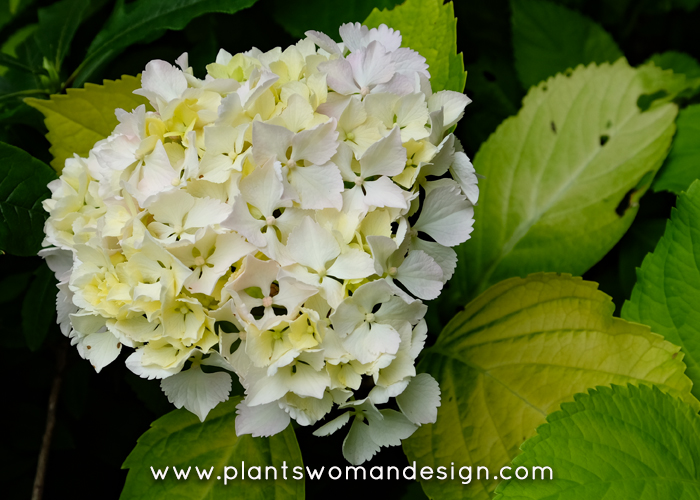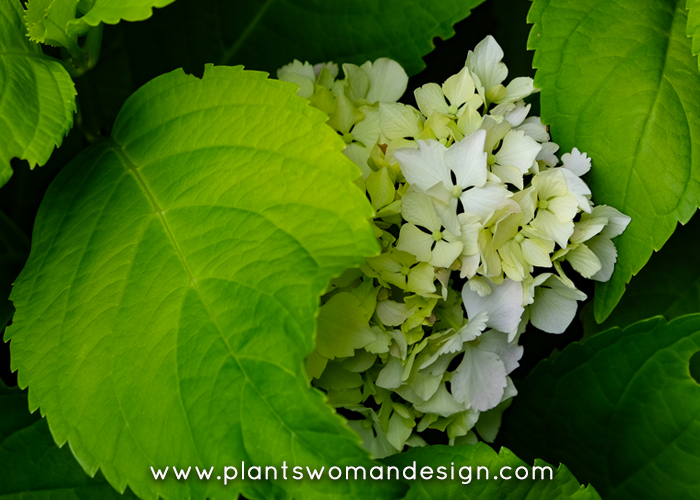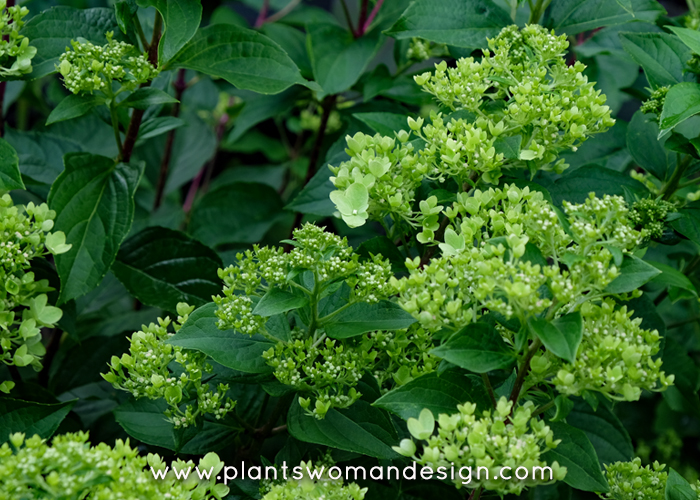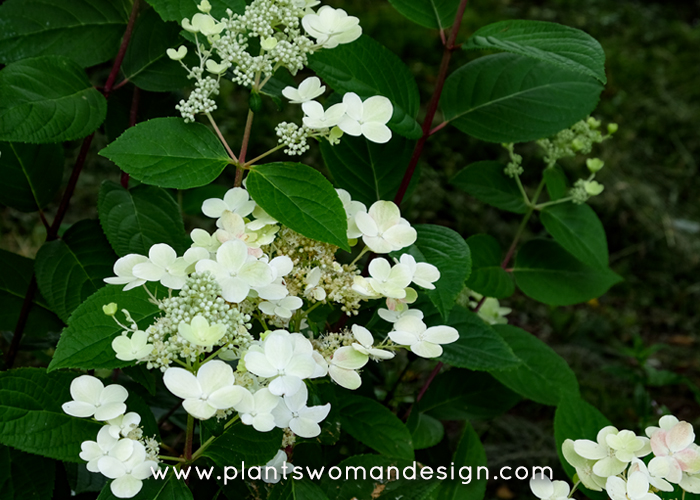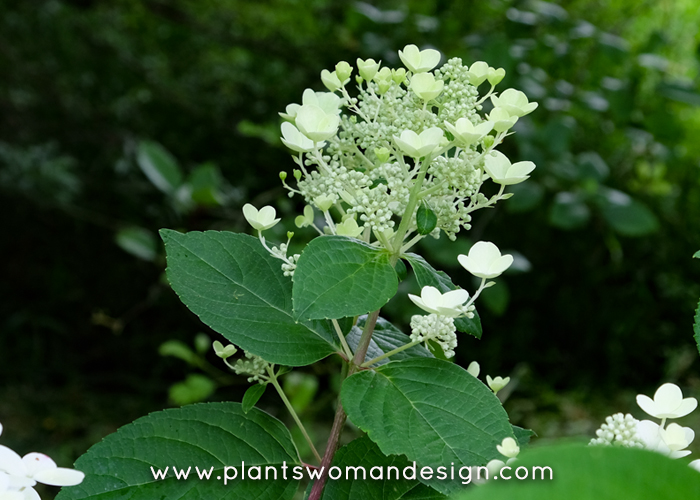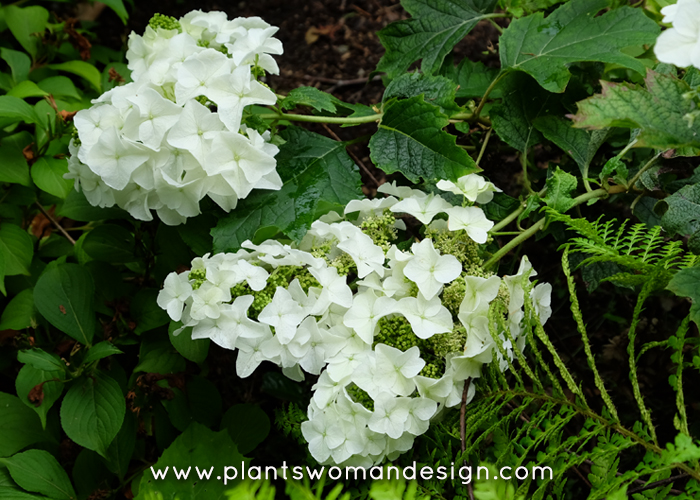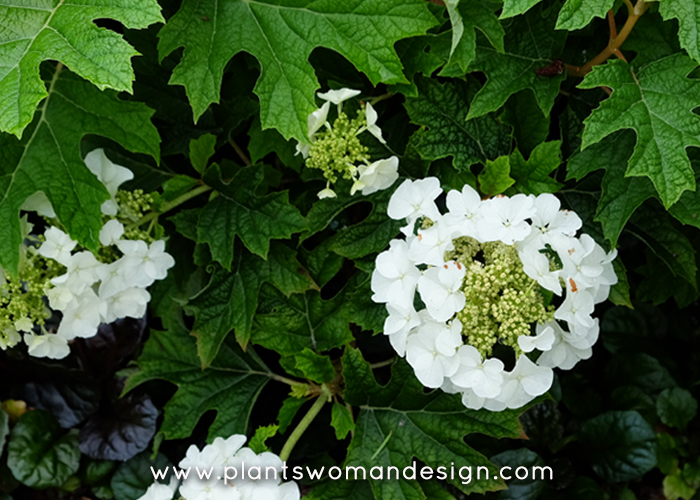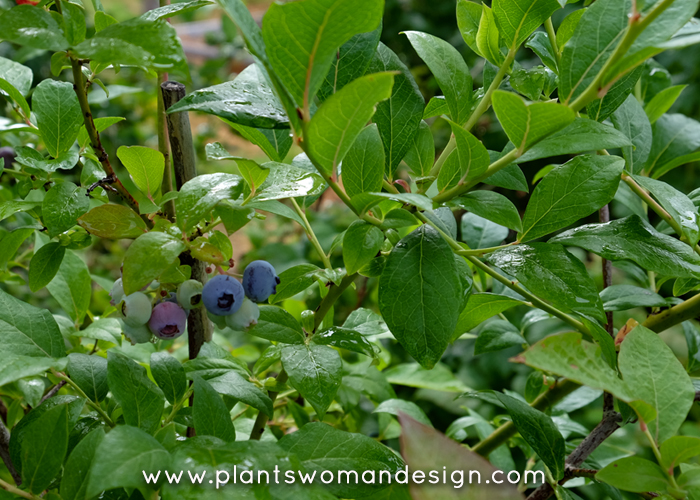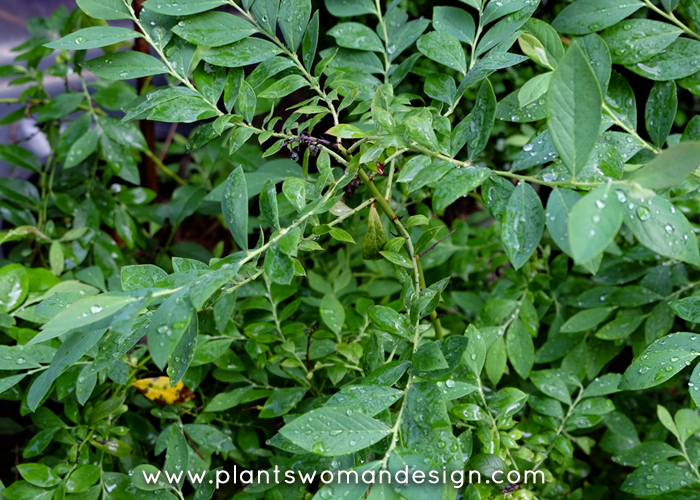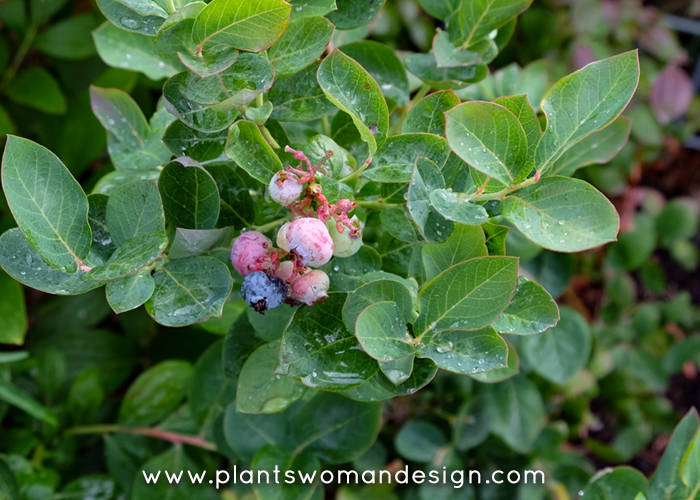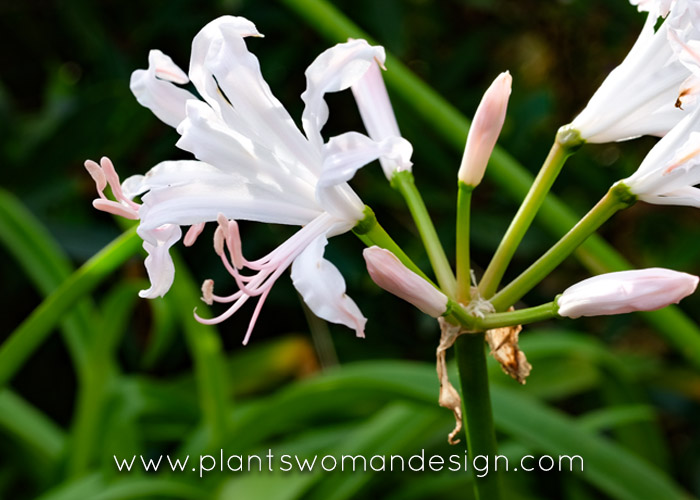
Nerine Obsession
I’m not sure how being curious about something turns into an interest which, in turn, becomes a collection. I’m also not sure how that collection suddenly, overnight, turns into an obsession. Enter the Nerine. This obsession snuck up on me.
My first experiment with a Nerine was with a couple of bulbs purchased online simply because I wanted to push the hardiness envelope. After meeting the sweet little bulbs, I proceeded to keep them in a pot, moving them in and out of the greenhouse, rather than put them in the ground and risk freezing. My second dabble at the edge of the rabbit hole of interest was a pot of bulbs from Dan Hinkley. I tucked them into a bed that didn’t get a lot of love, water or care, under a Pittisporum ‘Formosa fingers’ no less! I didn’t think about them again until fall. And suddenly, there they were, pushing through the foliage, intermingling with geranium, ceanothus, and pittisporum ‘county park’. They arrested my interest with their subtle scent and their bold (although pink) flowers opening as I walked by.
From there it was a free fall… A pot of bulbs from Ravenna Gardens, a few more from Dan Hinkley, and yes, more online purchases. This year I hit the mother lode. One of my suppliers had also fallen victim to the same obsession. On their availability list, there were several Nerines listed. At this point, most of mine were Nerine bowdenii, the straight species. The hard to find ones were, well, hard to find. Many available in the UK and their native South Africa, but not here.
At this point, my collection hit obsession status.
Nerines Mr. John, Anastasia, Elegance, Isabel, Early Red, Aphrodite, Patricia joined the family this year. I discovered Nerine Edelweiss, a stunning white Nerine, blooming in my garden, as was Nerine Isabel, a shorter structured pink/white Nerine. (Yes, I may have forgotten where I planted them) What I call my Nerine bowdenii dwarf is still in a pot. Its beautiful ruffled petals with white stripes and dark stamens are different than the other species I have. I even succumbed to two salmon-colored, and an orange-colored unnamed, not hardy, cultivars from Dan Hinkley’s greenhouse. They are still in a pot. They may be going in and out of the greenhouse for a while.
Also called Guernsey Lilies, Nerines bloom after their foliage has died down, giving them the common name of naked ladies. Unexpectedly, the bulbs last for years under cultivation. They prefer dry soil with lots of sun. With our arid year in the PNW, they are blooming spectacularly. Endemic to South Africa they are part of the amaryllis family.
Here is a link to Nerines from the Pacific Bulb Society. https://www.pacificbulbsociety.org/pbswiki/index.php/Nerine Very knowledgeable about growing Nerines, they can offer more information about starting a collection of your own.
Let me share the plant portraits of the ladies.

